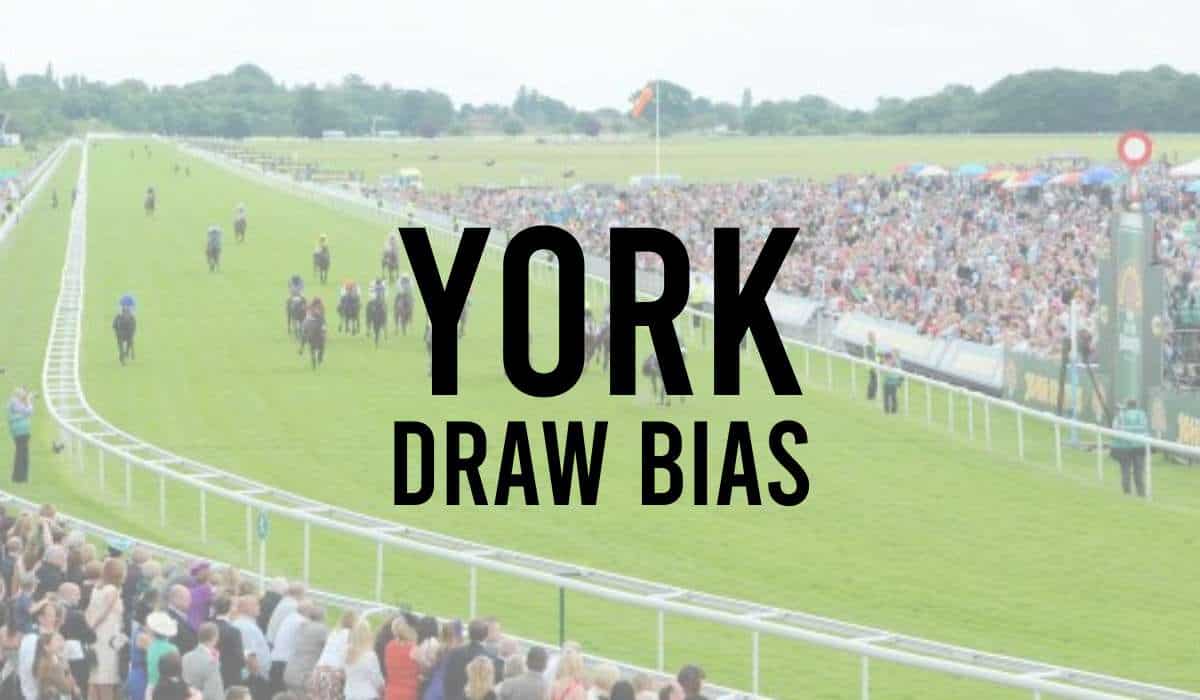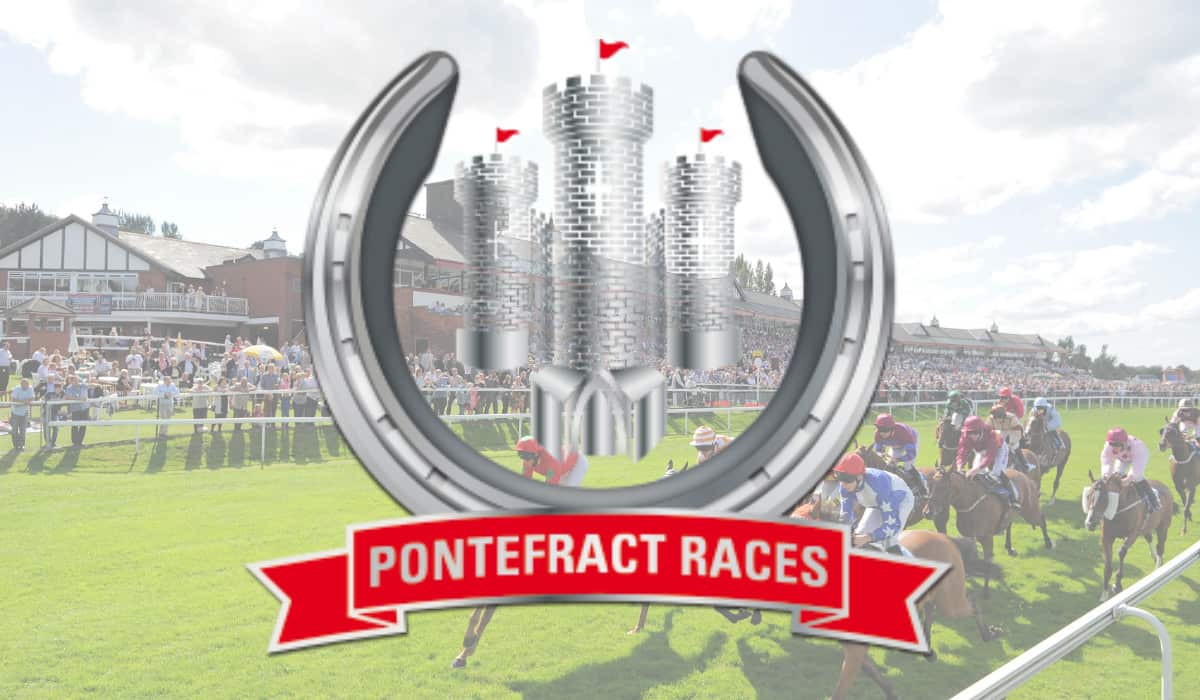Many shrewd horse racing punters research whether there is a draw bias at Pontefract Racecourse.
The horse racing draws are perhaps the most overlooked factor in horse racing statistics in April 2024.
The Pontefract draw bias refers to whether or not a racehorse running at Pontefract has an advantage or disadvantage following the stall they have been drawn in.
Our horse racing tipsters can be influenced by the draw of the horse when selecting their best chances of a winner at Pontefract Races.
In our Pontefract Draw Guide, we will explain everything you need to know about the stalls and potential draw advantages for horses running at Pontefract today.
Is there a draw bias at Pontefract Racecourse?
When it comes to the draw bias at Pontefract racecourse, over shorter distances of 5 and 6 furlongs, low drawn horses tend to be favoured as they have a straighter run to the first bend.
However, over 1 mile and further distances, high drawn horses have the advantage as they have a better position on the uphill finish.
In general, there is no significant bias in terms of the draw at Pontefract Racecourse, and the winner tends to be decided by the horse’s ability and running style rather than their starting position.
What is the Draw Bias at Pontefract 5 Furlongs?
There doesn’t seem to be any significant draw bias over 5 furlongs at Pontefract racecourse.
This can be attributed to the straight nature of the course, with no significant bends or turns that may favour certain positions.
It’s important to note that track conditions can still play a role in the race outcome, and soft ground may potentially favour the low drawn horses.
What is the Draw Bias at Pontefract 6 Furlongs?
Pontefract racecourse’s analysis shows no significant draw bias over 6 furlongs, with an even spread suggesting no bias towards high or low drawn horses.
However, there is a popular belief that in the early season when the ground is soft, the far side of the track is more favourable for low drawn runners, while the stand side is the place to be in the back end of the season when the track has been watered in the summer, favouring high drawn runners.
It’s worth noting that Pontefract is a right-handed course with a stiff uphill finish, making it challenging for horses to make up ground.
This could be a contributing factor to the lack of any significant draw bias. The layout of the track allows for fair racing, and jockeys need to ride a smart race to win at Pontefract, regardless of their starting position.
What is the Draw Bias at Pontefract 1 Mile?
The analysis of Pontefract Racecourse indicates that there is a slight draw bias over 1 mile, favouring low drawn runners when the ground is good or better, particularly in larger fields.
This bias is likely due to the tight left-handed turn at the start of the race. However, it is important to note that the bias is not significant and can be overcome by a horse’s individual ability and running style.
On the other hand, when the ground is soft, there is a clear advantage for low drawn runners at Pontefract over 1 mile. This can be explained by the fact that the inside rail is likely to be the quickest ground in such conditions.
As with any draw bias, it is important to take into account other factors such as the horse’s form, the jockey’s skills, and the race conditions before making a betting decision.
Does The Stall Draw Affect Chances Of Winning In Flat Races at Pontefract?
The chances of a horse winning can hugely be affected by the stall number at Pontefract Races.
The best horse racing tipping services will adjust their judgements of horses with the best chances after the stall numbers are released in the Pontefract racecards.
Here is some important information on the tips, results and runners for horses running at Pontefract.
Pontefract Pace Bias Statistics
Our data shows a surprising trend at Pontefract Racecourse. Despite having one of the most challenging uphill finishes in the country, the stats suggest that it’s actually favourable for front runners.
This goes against the initial expectation that it would be difficult for horses to make all and hold on in front.
Looking at the individual distances, the ranking reveals that Pontefract is in the middle of the pack in terms of front runners. For 5 furlongs and 6 furlongs,
Pontefract ranks 6th and 7th out of 31 and 29 courses, respectively. However, for the 8-furlong distance, Pontefract falls to 13th out of 30 courses.
This suggests that while front runners may have an advantage over shorter distances, it may be more difficult for them to hold on for longer distances at Pontefract.
Summary
The data and stats are updated in real-time from our Pontefract Horse Racing Results for the information shared on the draw bias.
With the draw bias mainly affecting the sprint races then punters are quickly on the lookout for the big ante posts races, as the draws are released.
Ground conditions, weather, and handicapping blots can affect the draw bias statistics. So at times, it is strongly advised to check the earlier races of the day to see if the draw bias on the current ground has changed.
Related Draw Bias Posts
Find all the draw bias information articles.
- Ascot Draw Bias
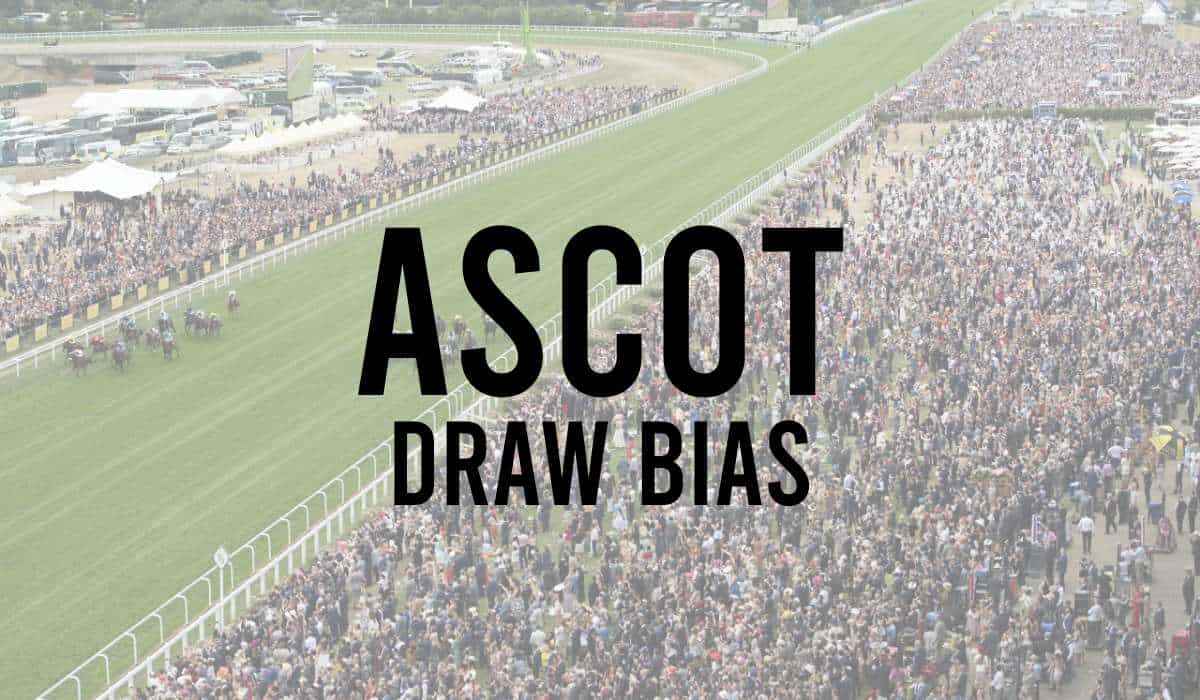
- Bath Draw Bias
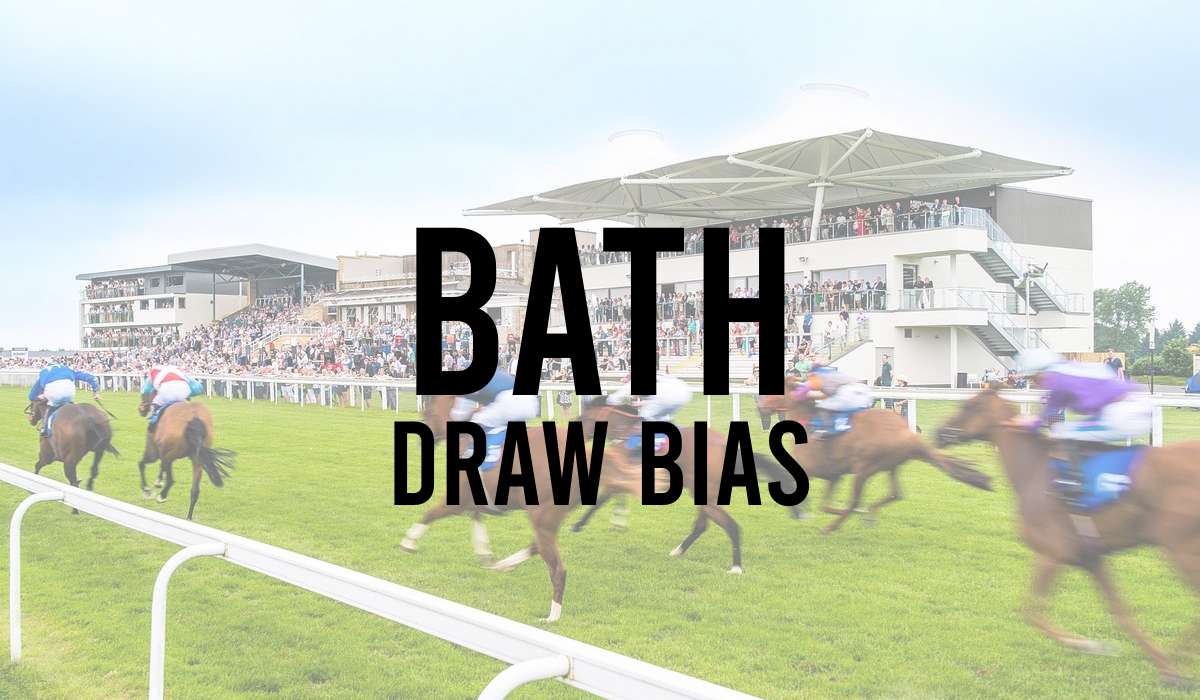
- Beverley Draw Bias
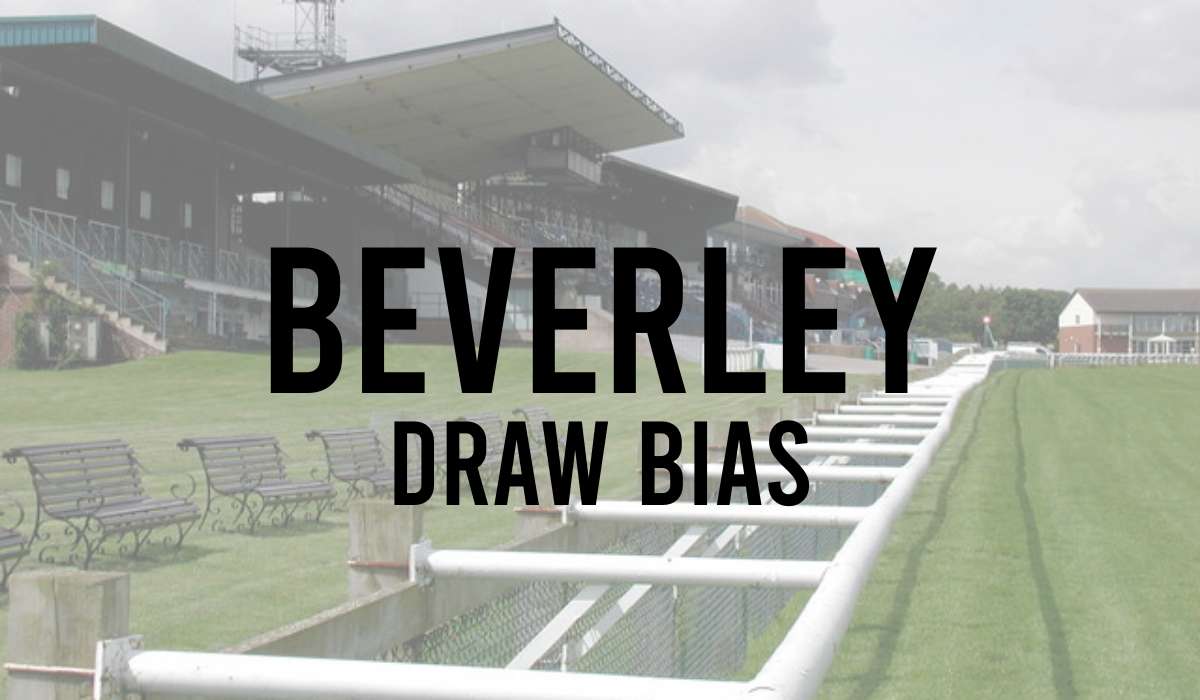
- Brighton Draw Bias
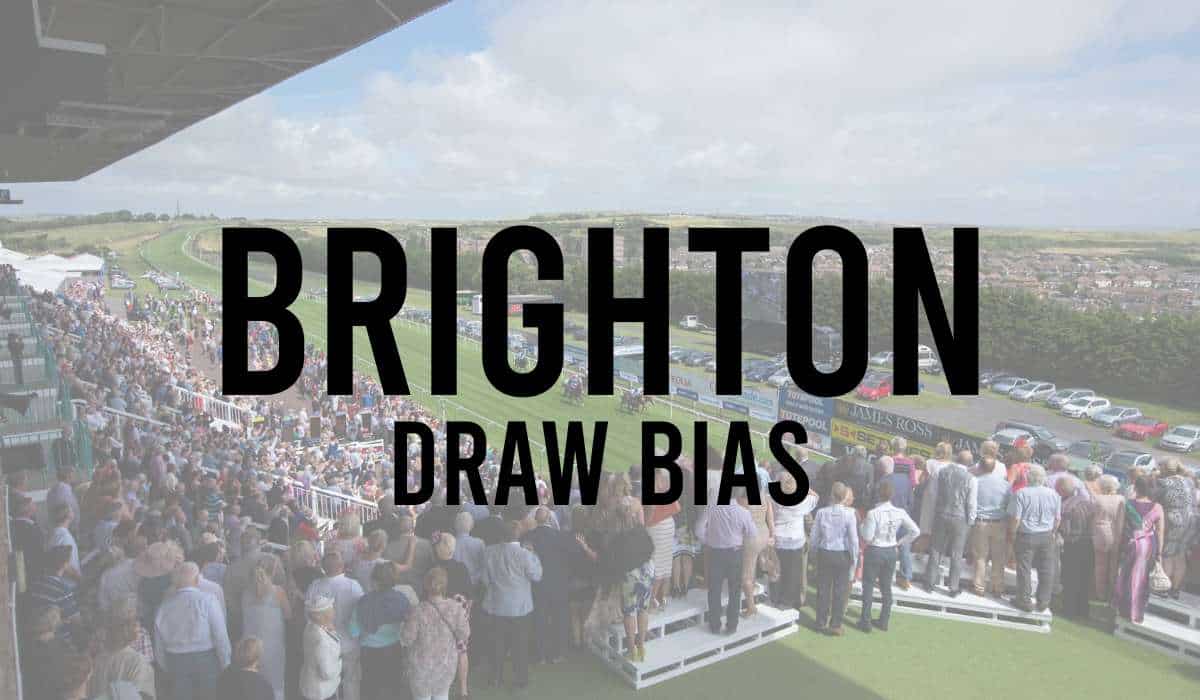
- Catterick Draw Bias

- Chelmsford Draw Bias
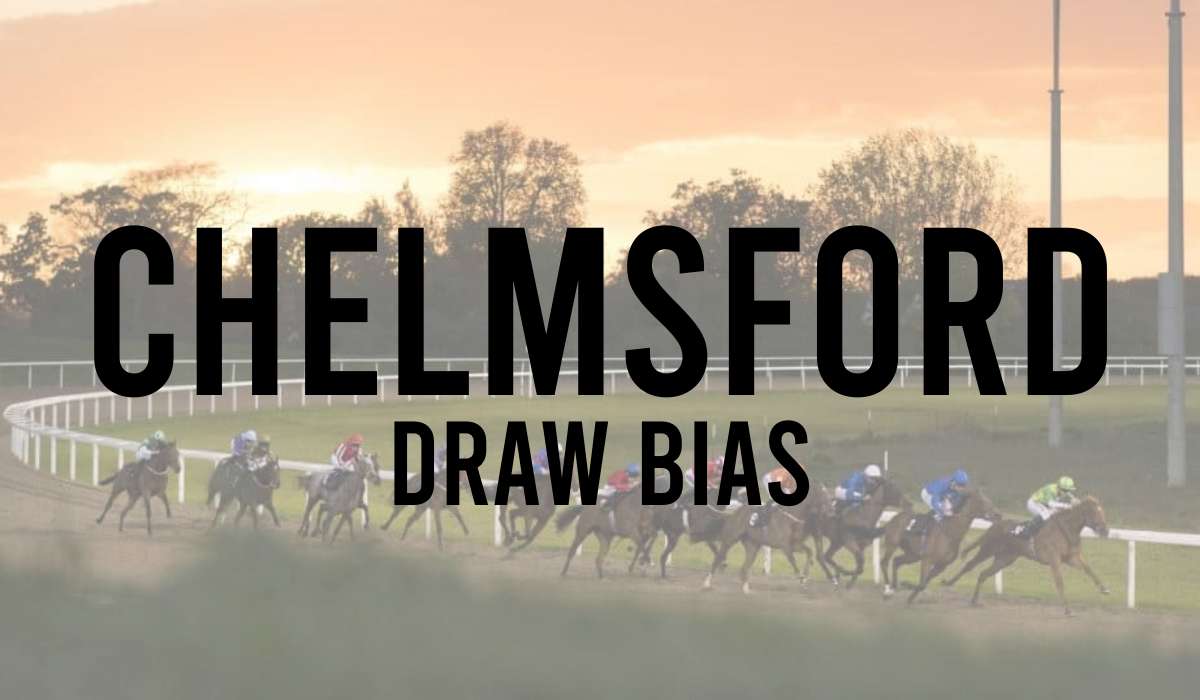
- Chester Draw Bias
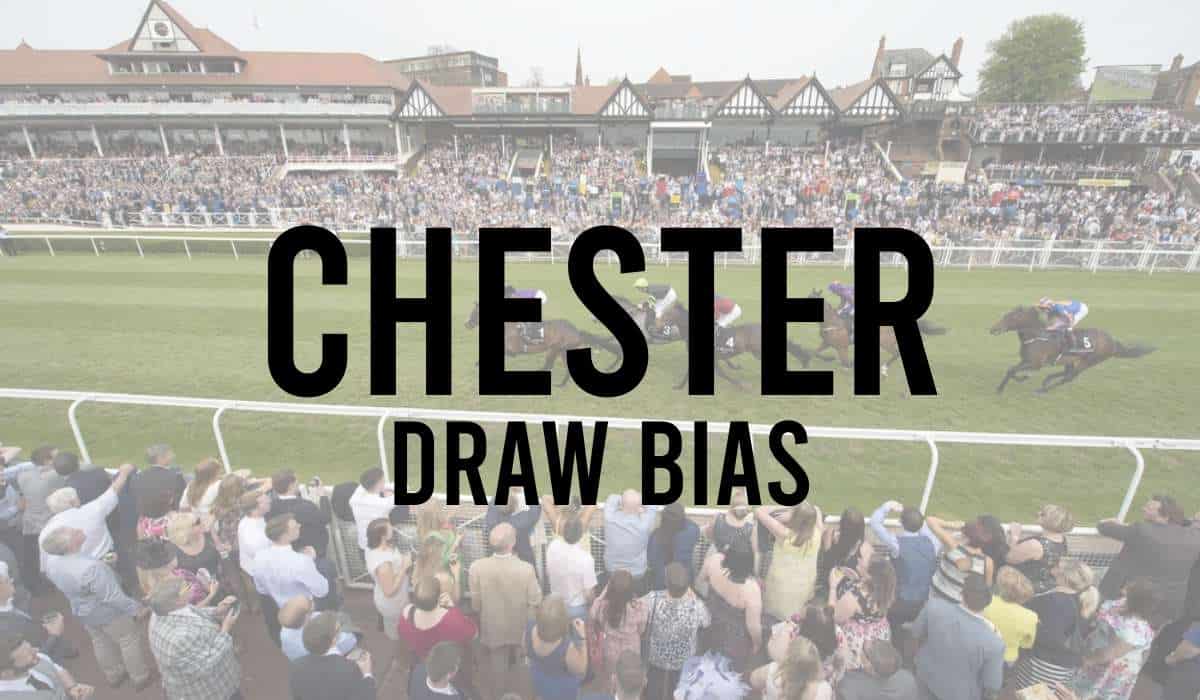
- Cork Draw Bias
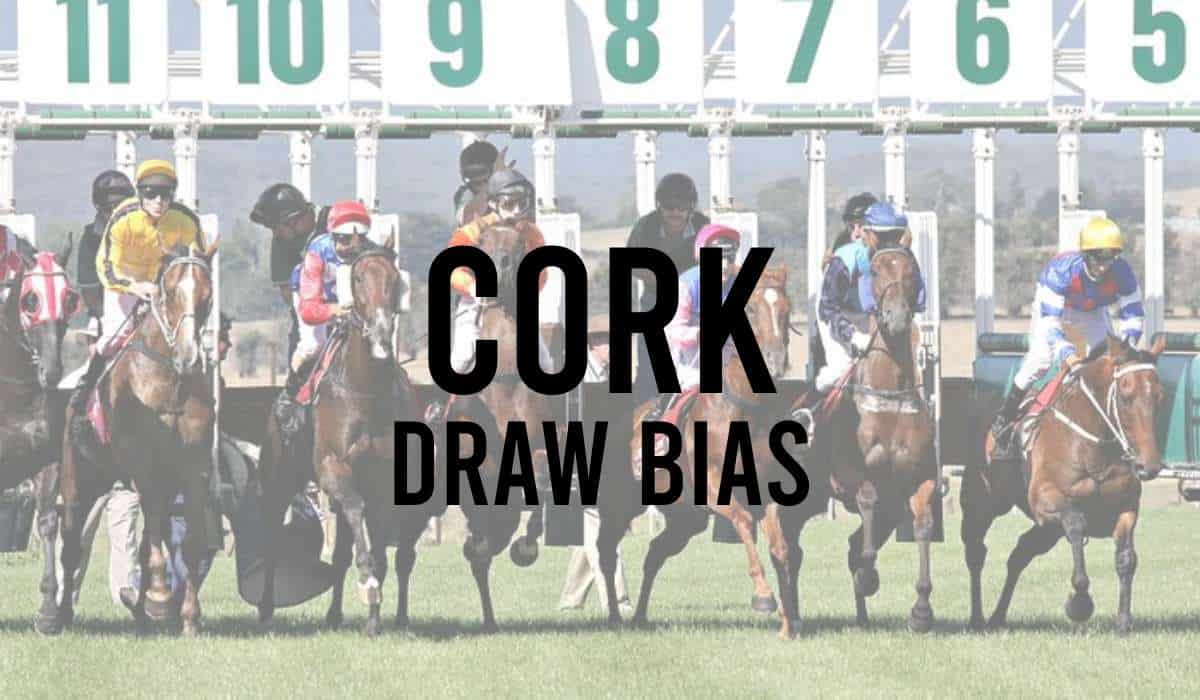
- Doncaster Draw Bias
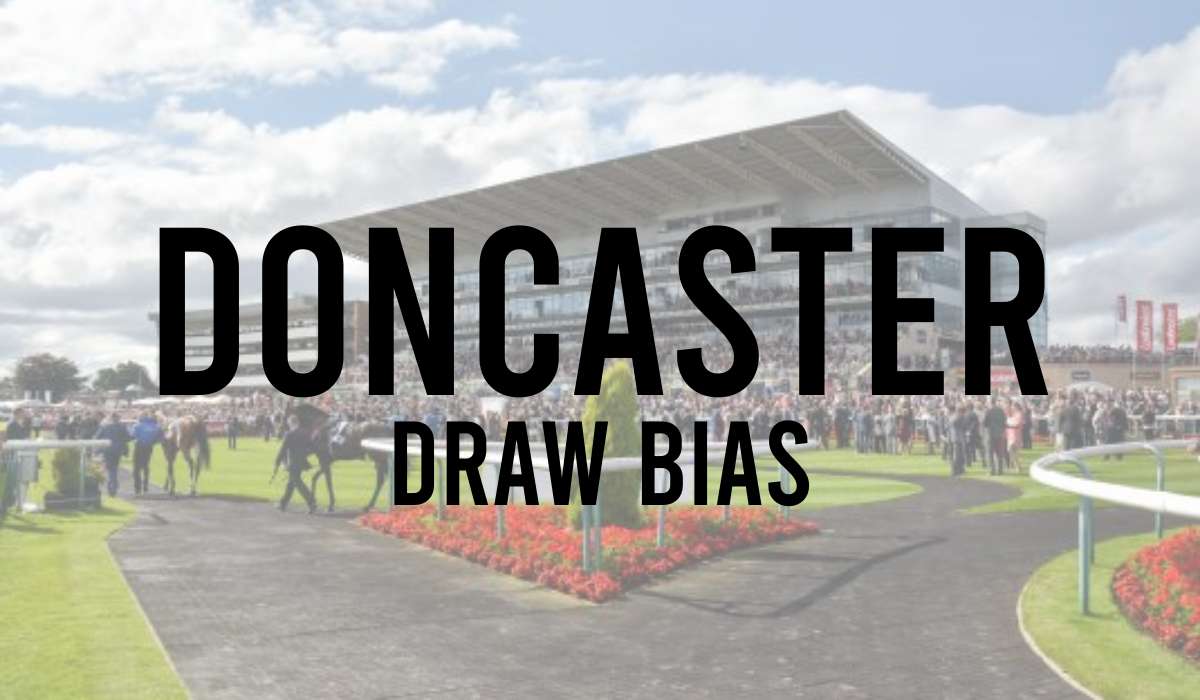
- Dundalk Draw Bias
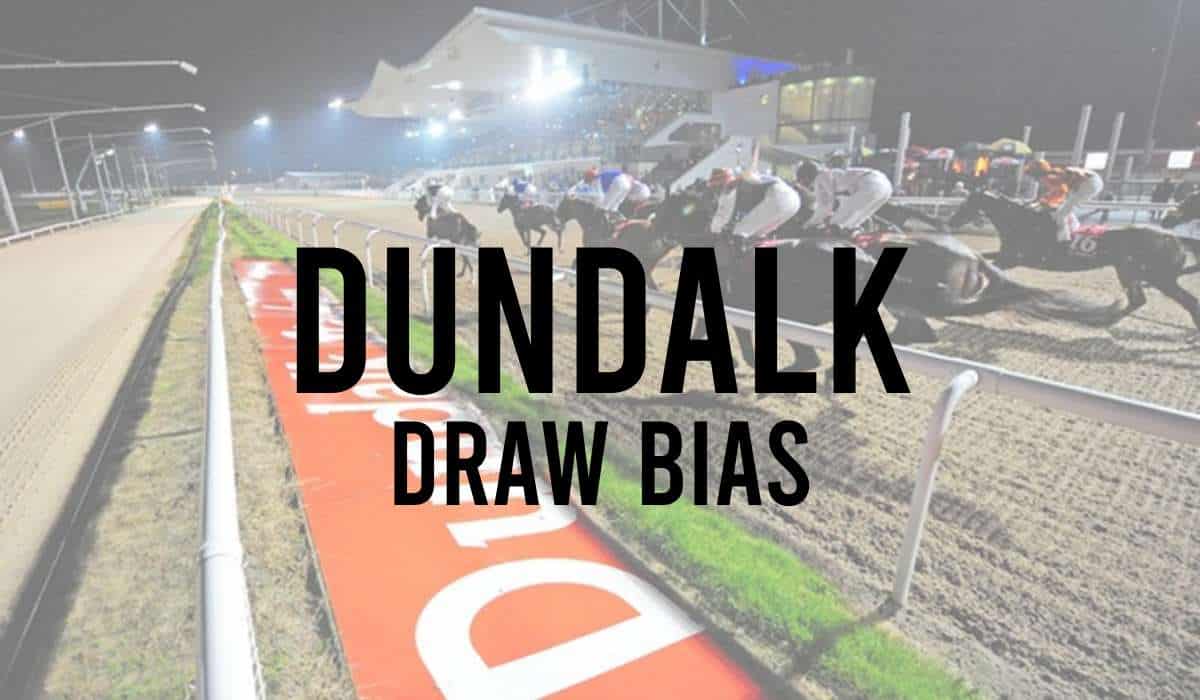
- Epsom Racecourse Draw Bias
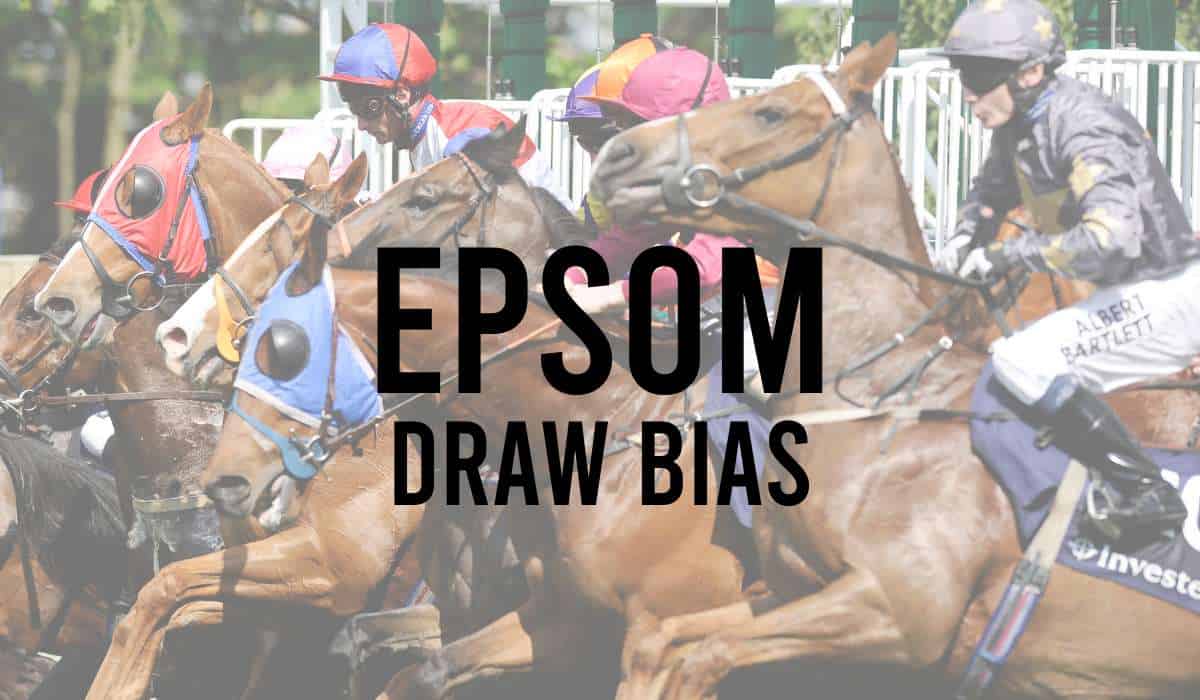
- Goodwood Draw Bias
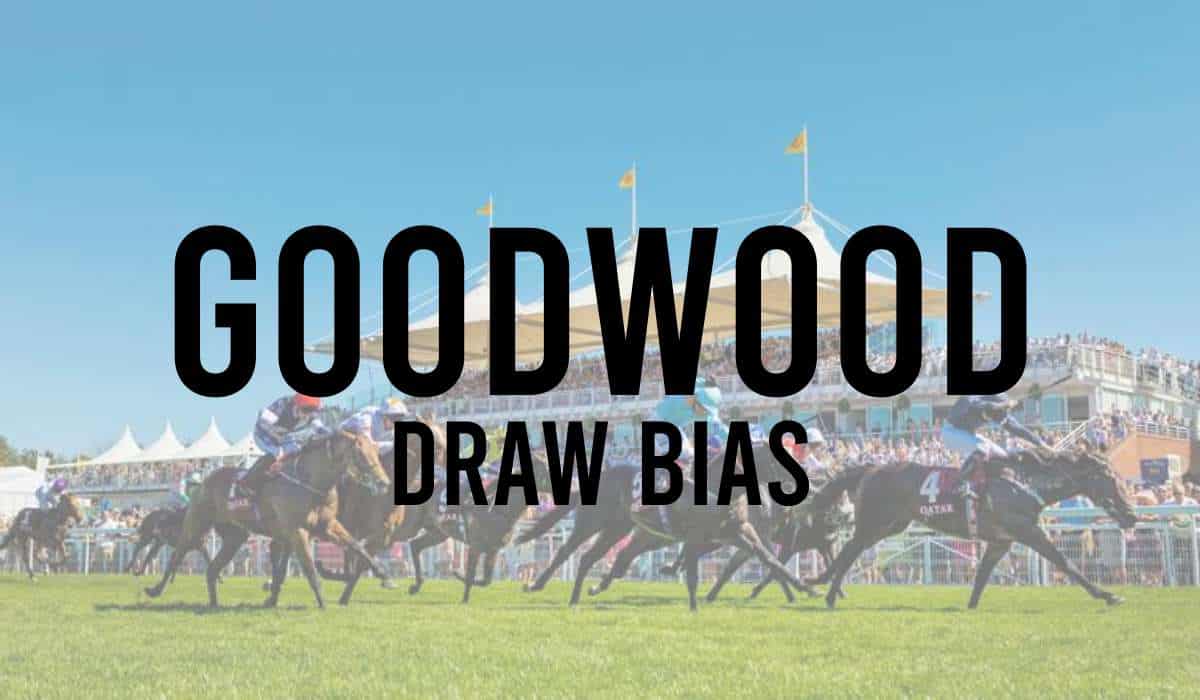
- Hamilton Draw Bias
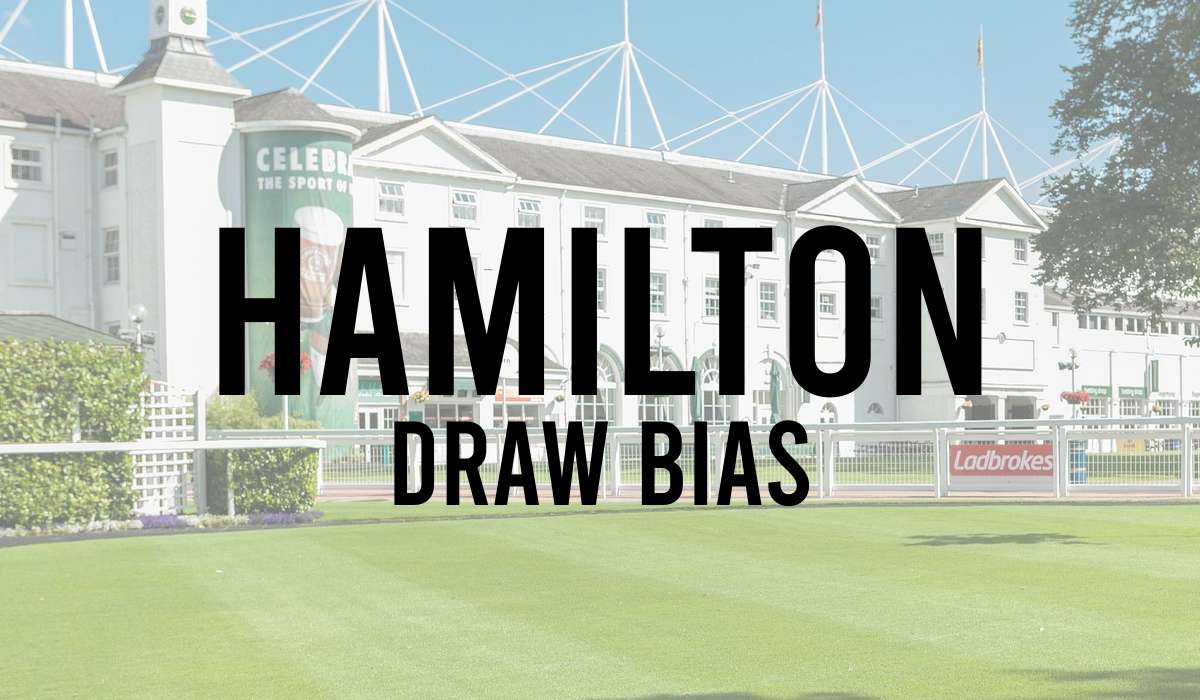
- Haydock Draw Bias
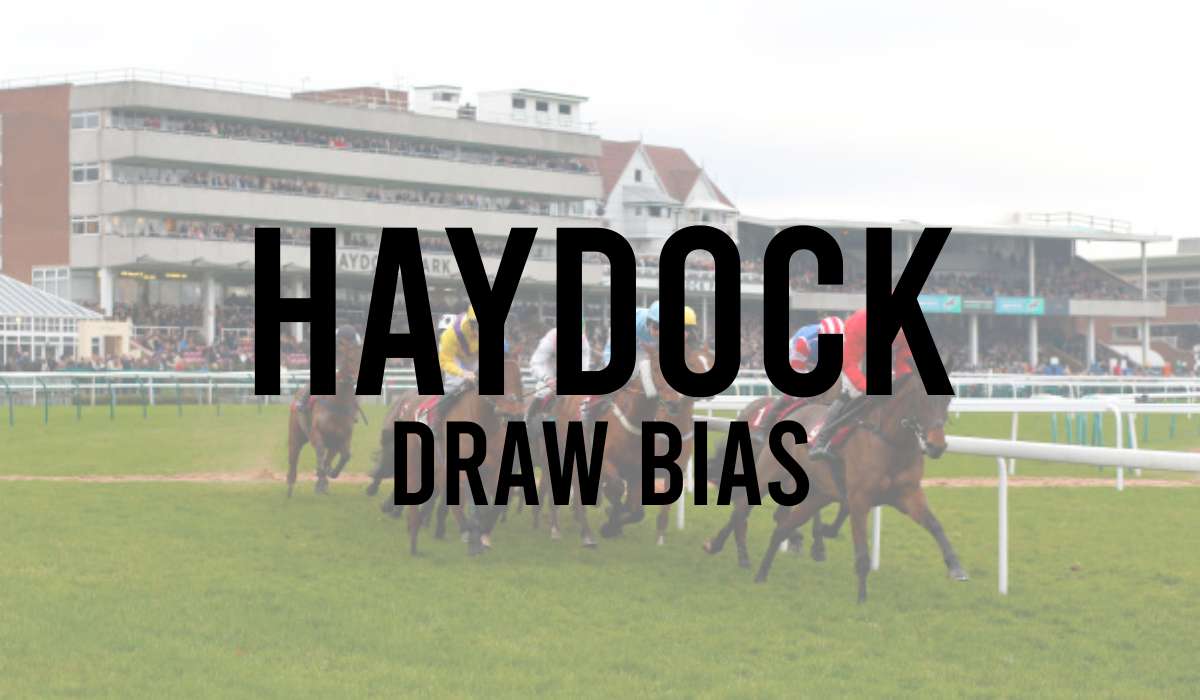
- Horse Racing Draw
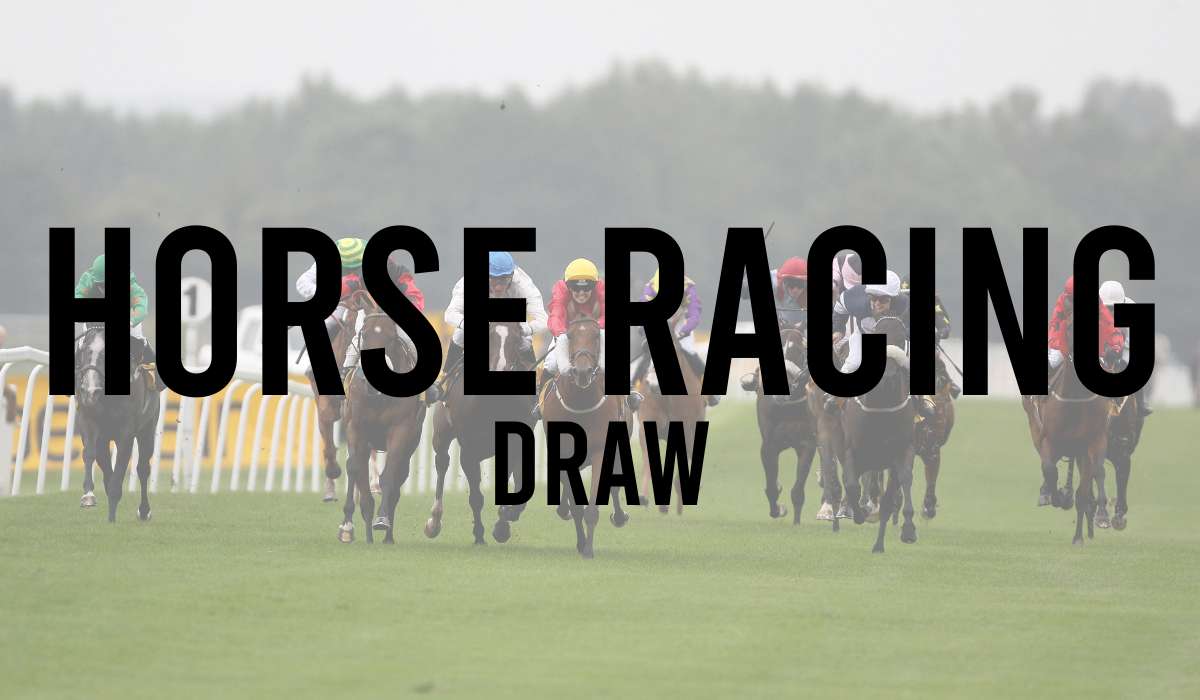
- Kempton Draw Bias
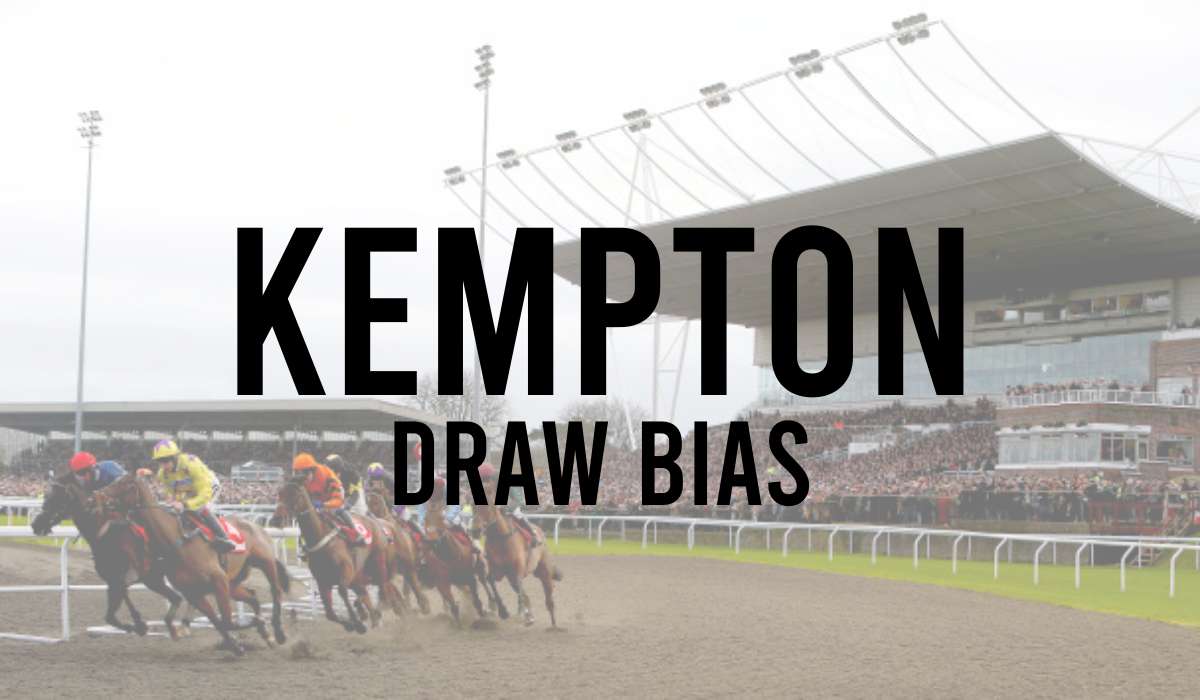
- Lingfield Draw Bias
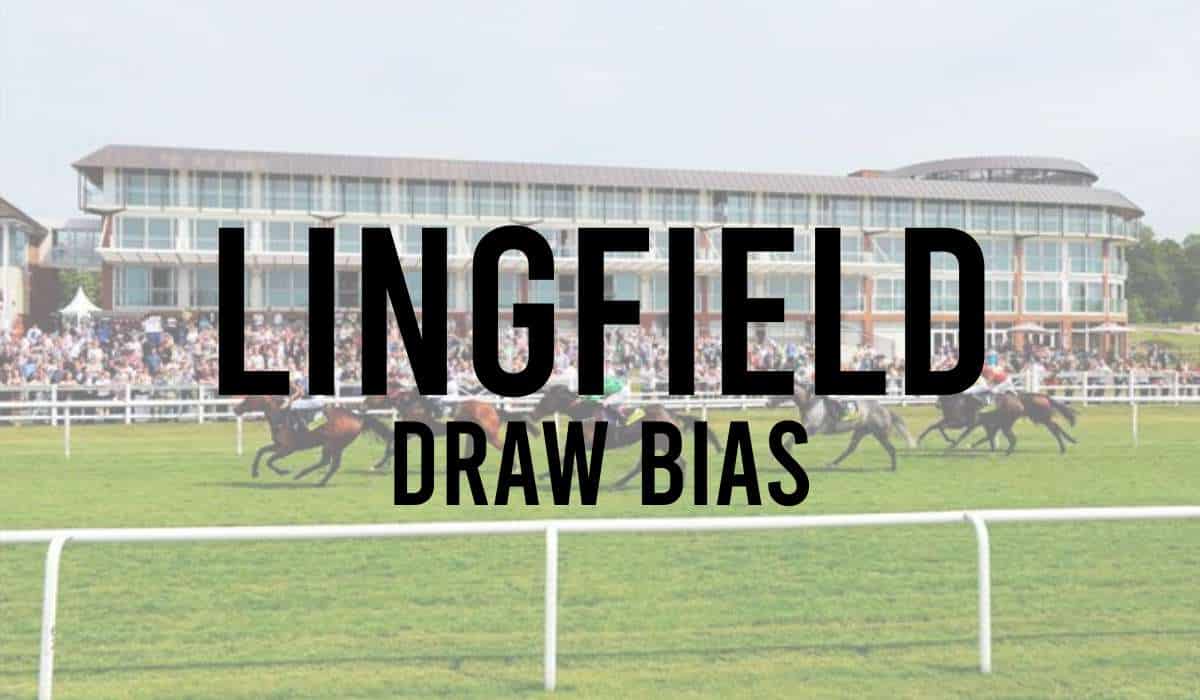
- Musselburgh Draw Bias
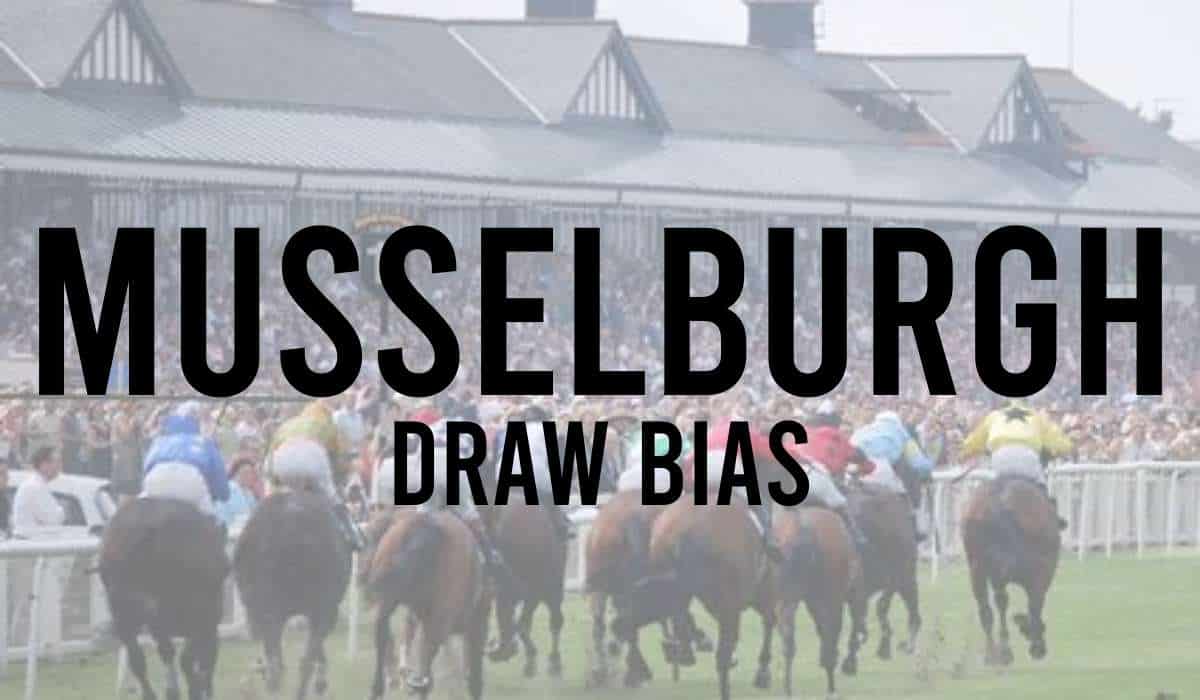
- Newbury Draw Bias
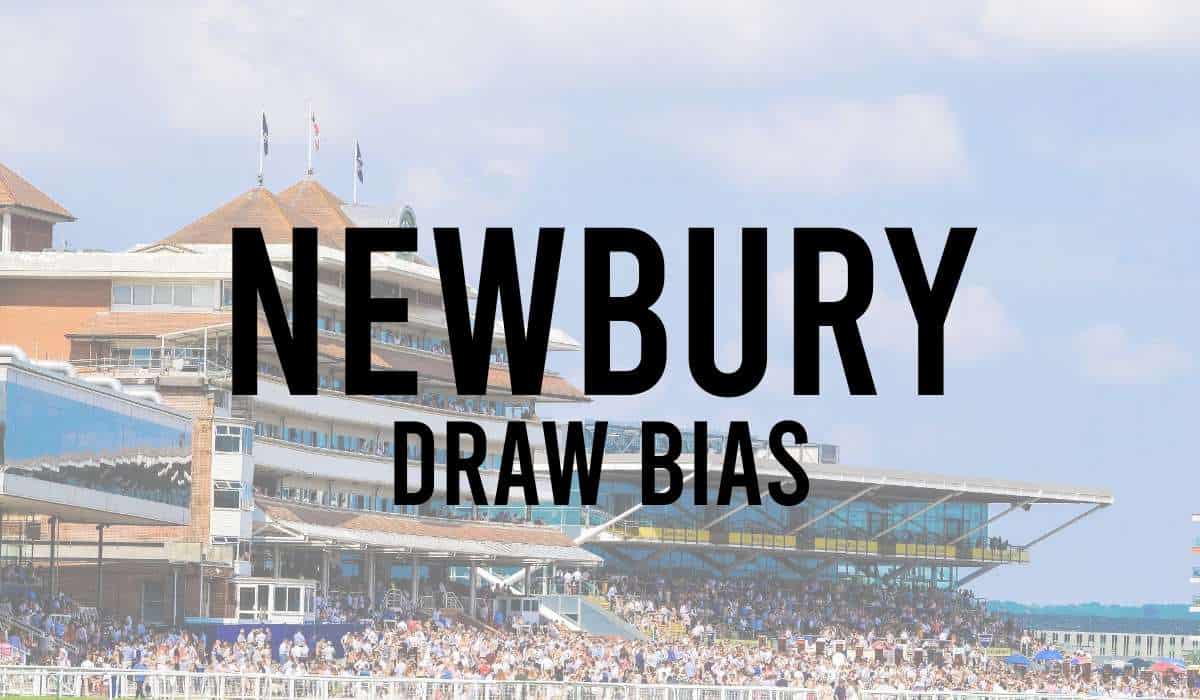
- Newcastle Draw Bias
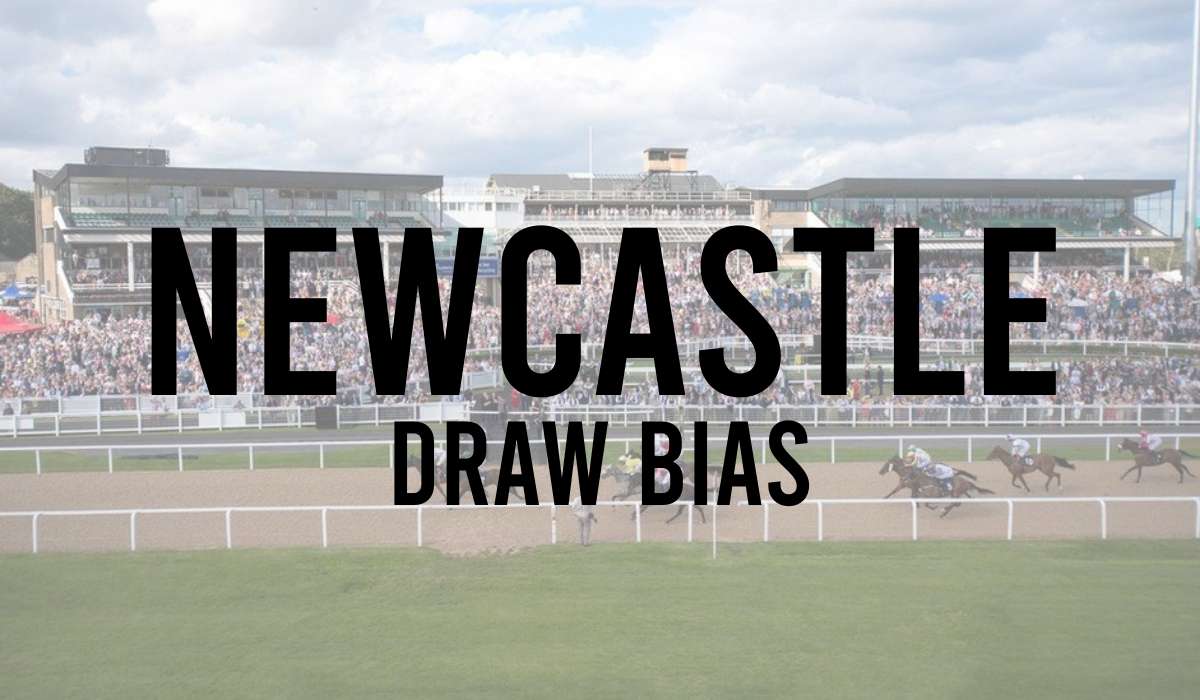
- Newmarket July Course Draw Bias
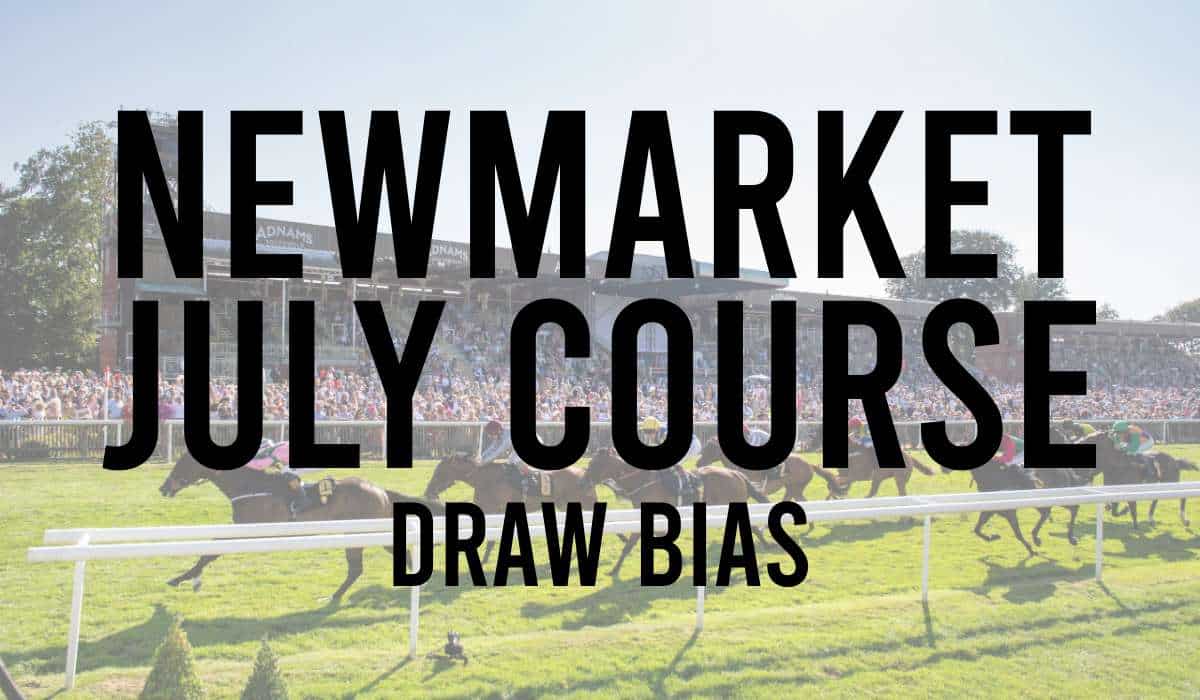
- Newmarket Rowley Mile Draw Bias
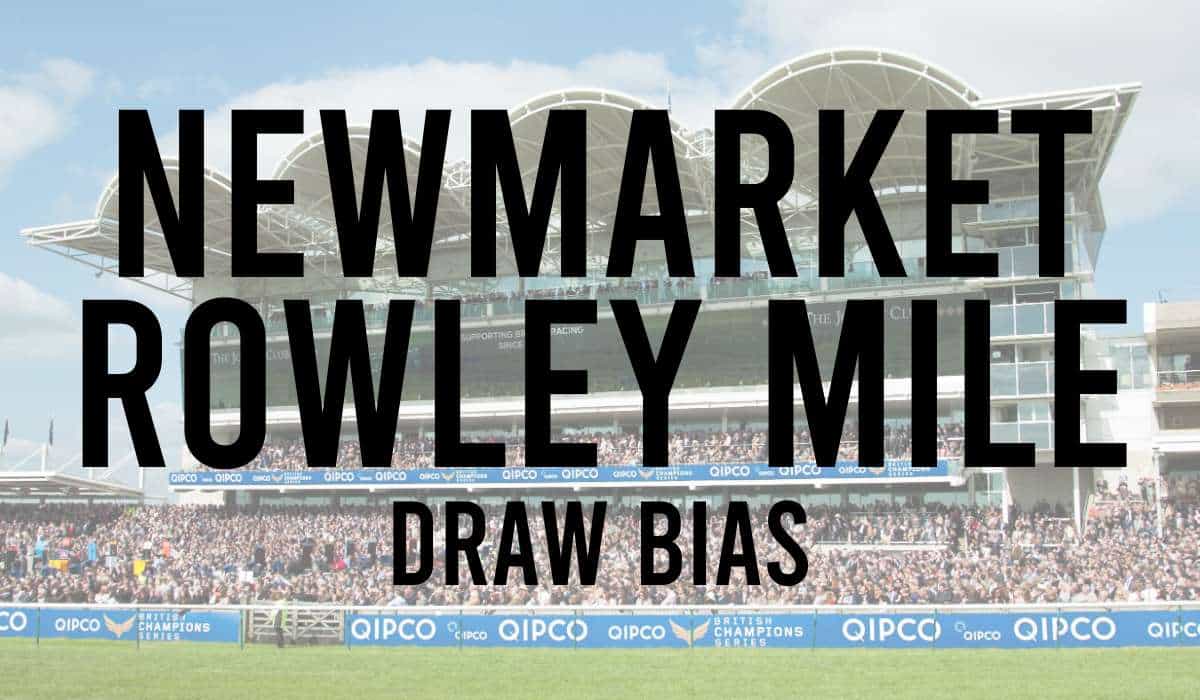
- Nottingham Draw Bias
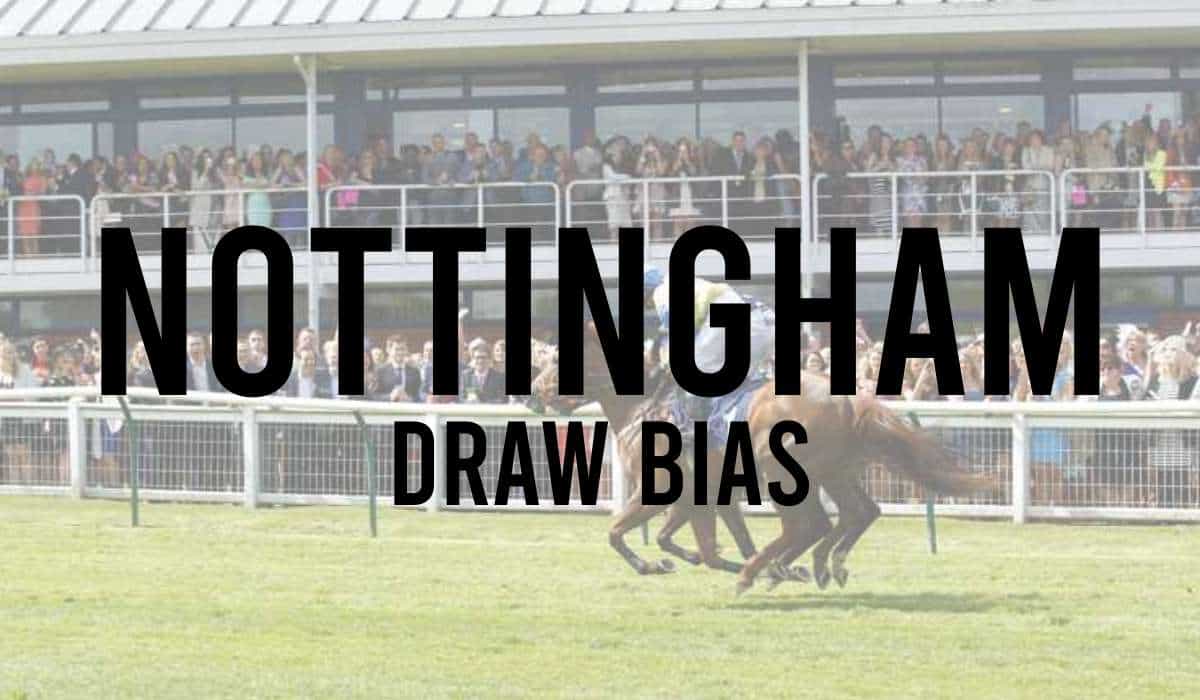
- Pontefract Draw Bias
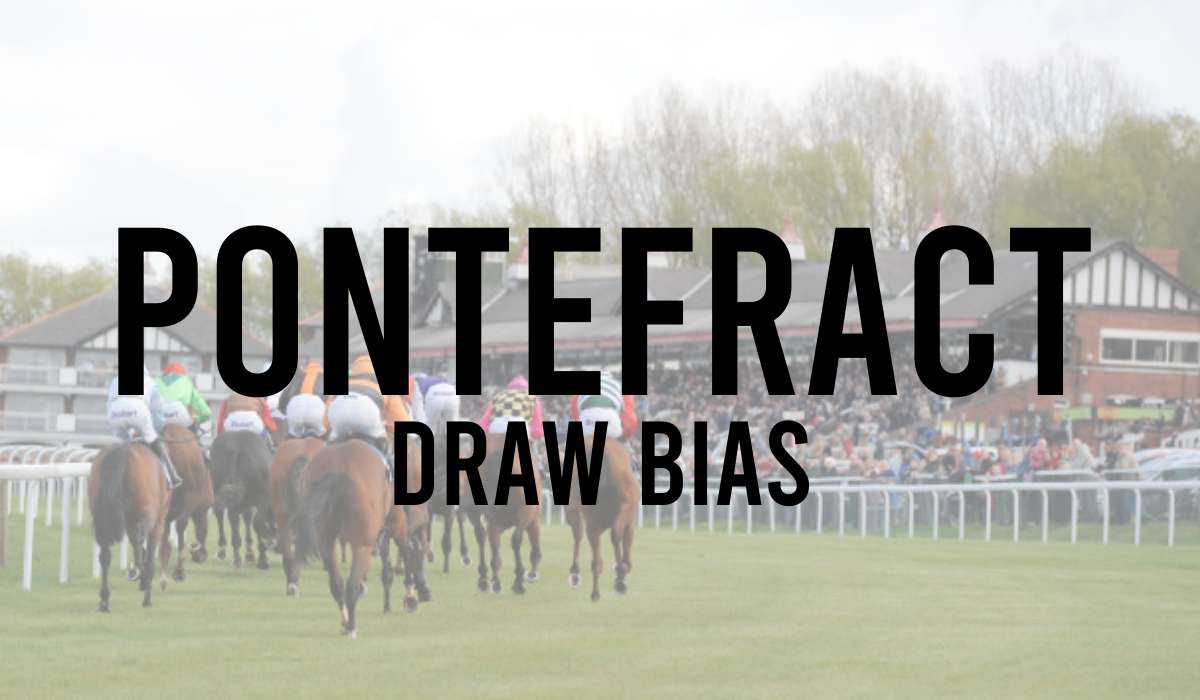
- Redcar Draw Bias
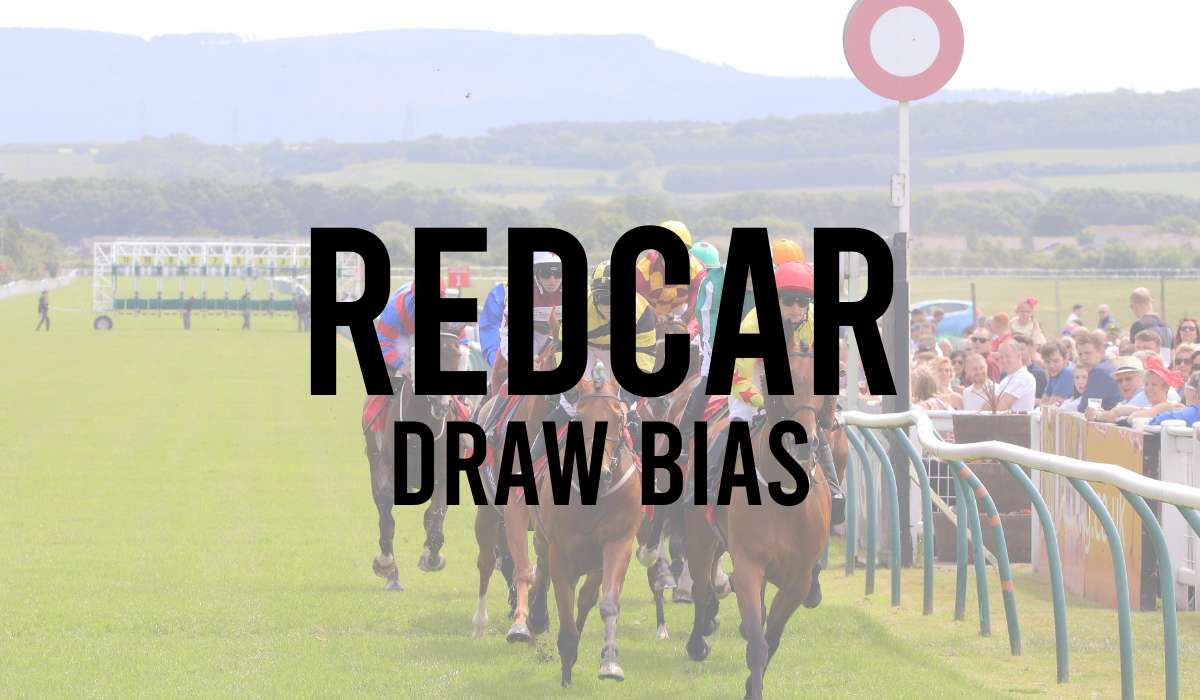
- Ripon Draw Bias

- Salisbury Draw Bias
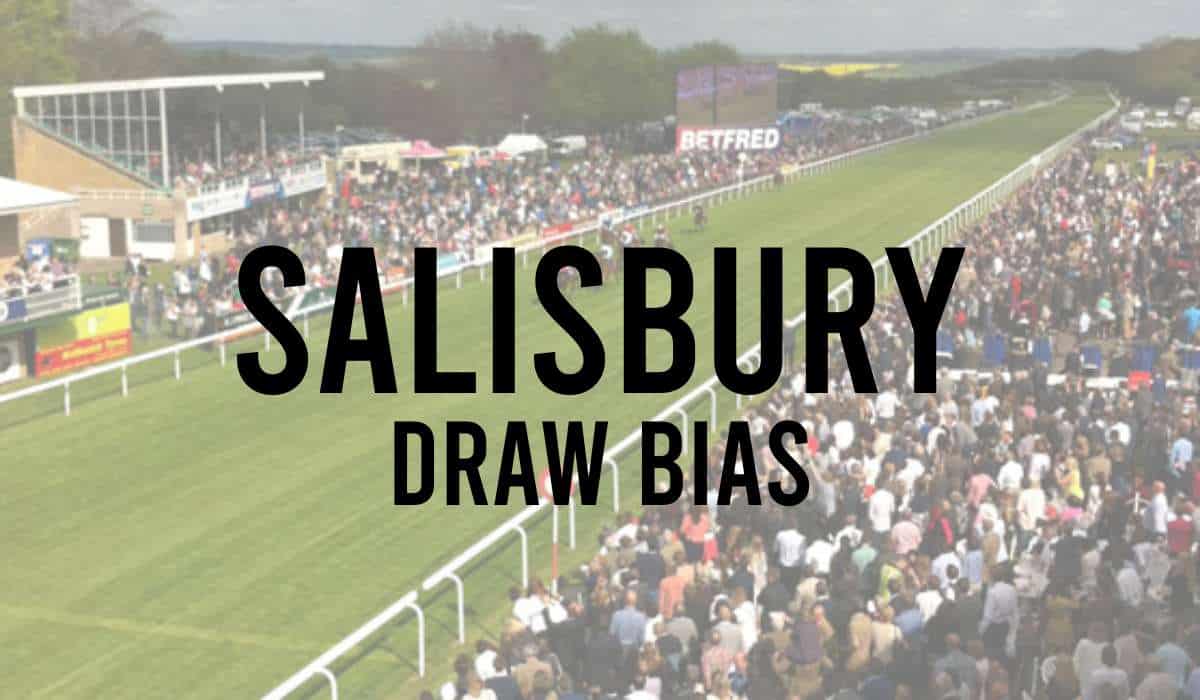
- Sandown Draw Bias
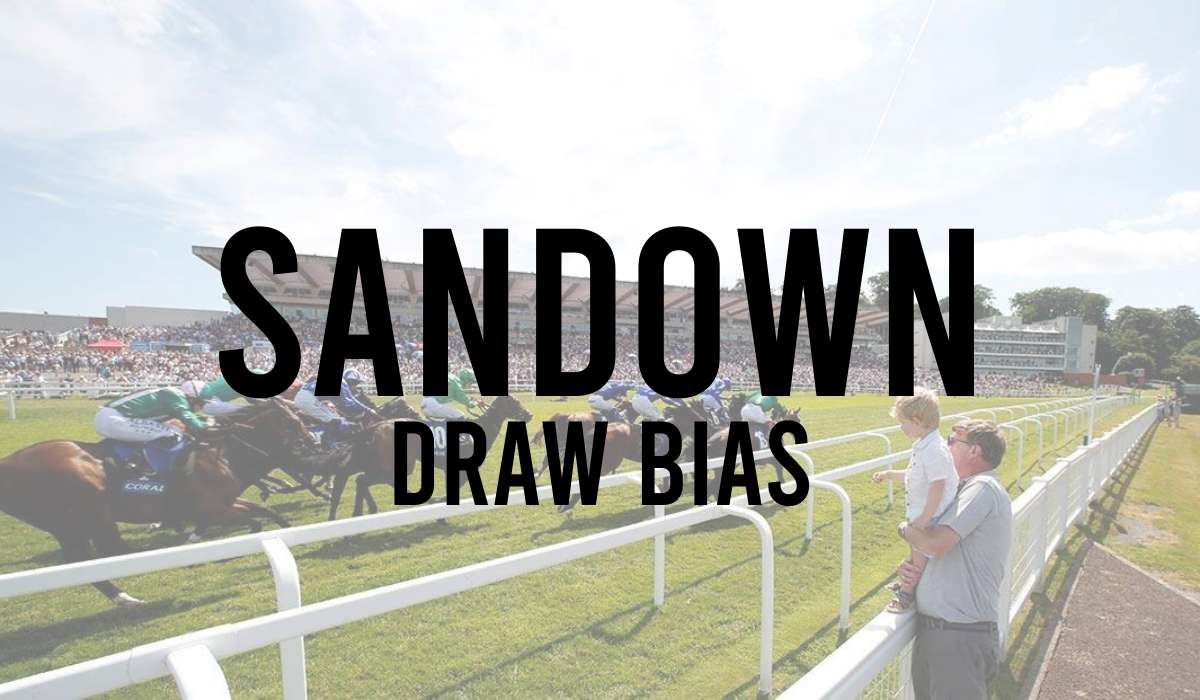
- Sligo Draw Bias
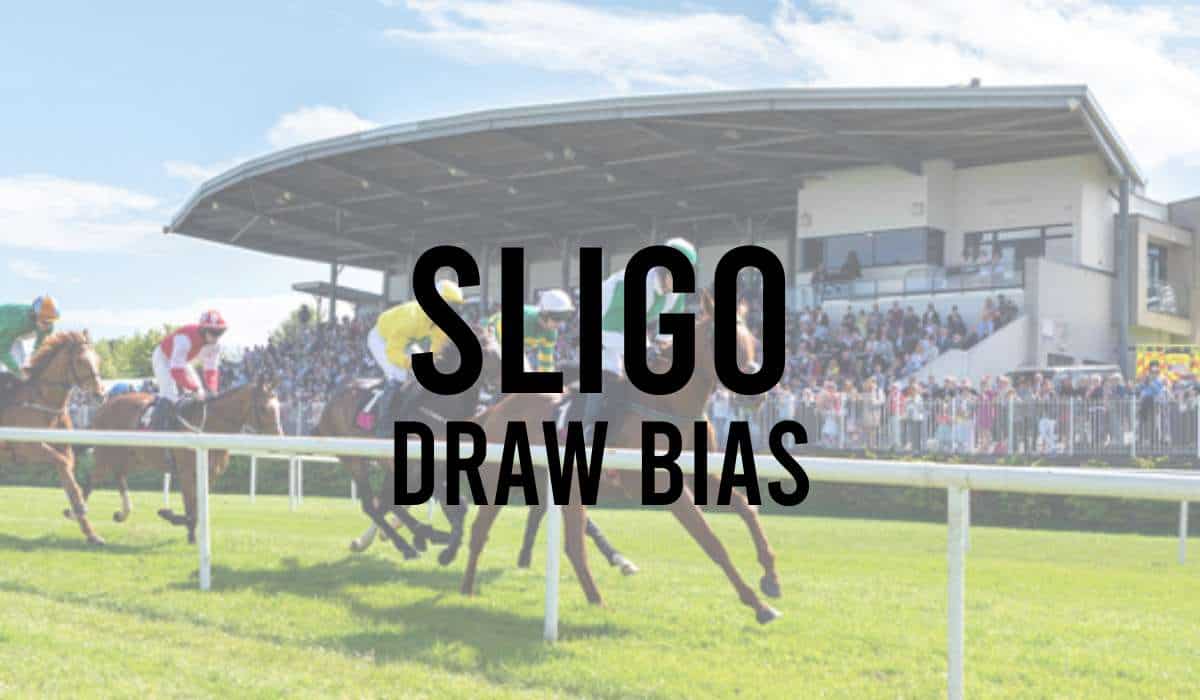
- Thirsk Draw Bias
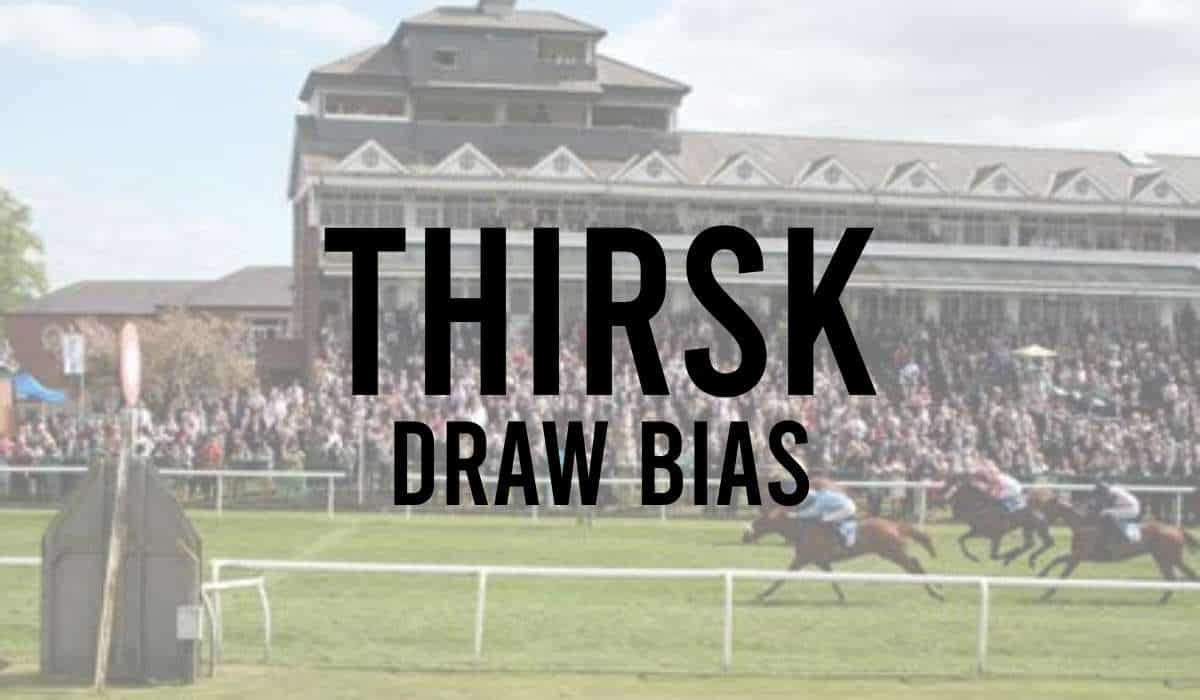
- Windsor Draw Bias
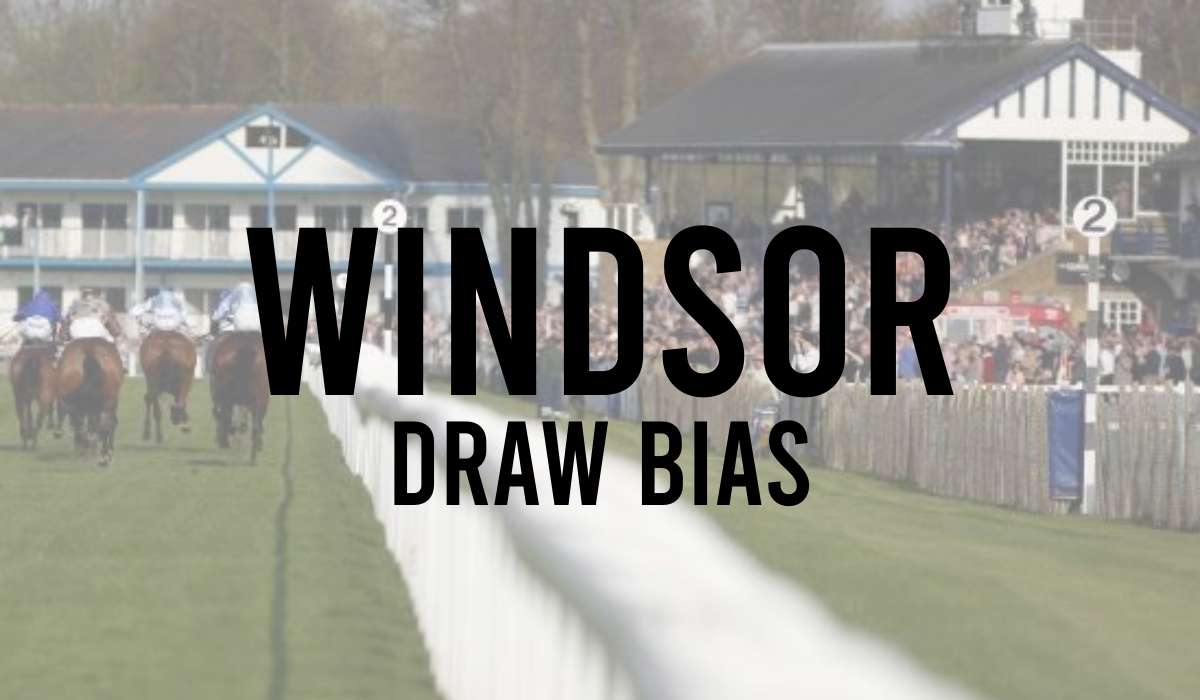
- Wolverhampton Draw Bias
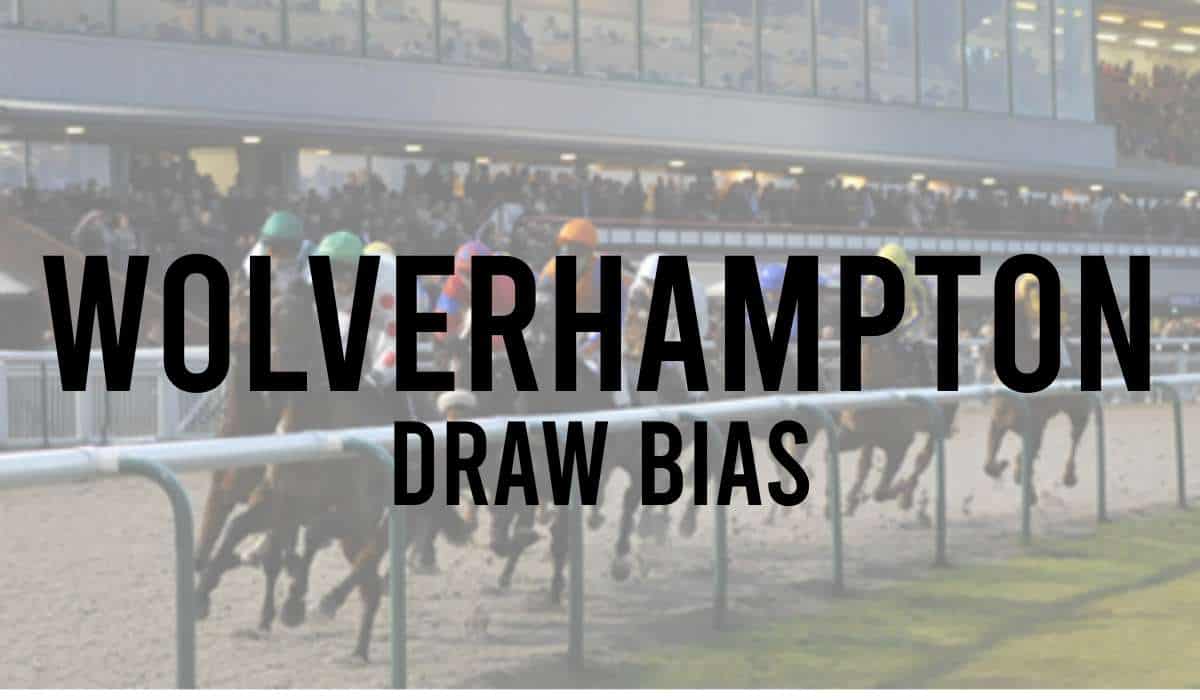
- York Draw Bias
